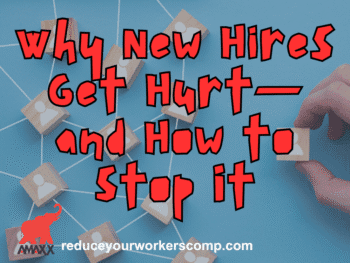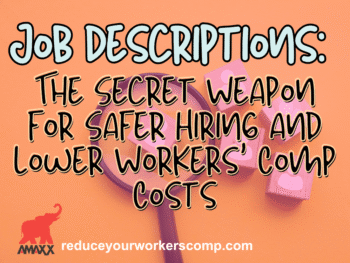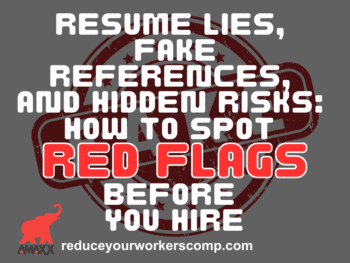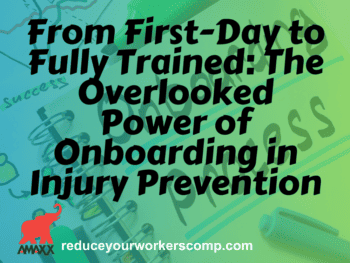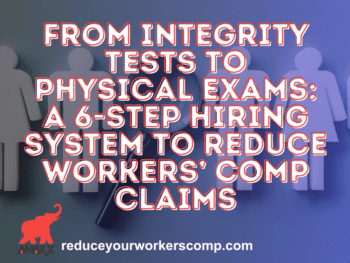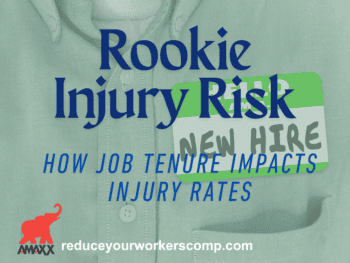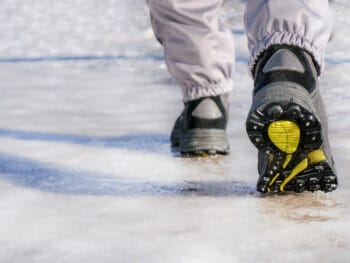
As too many businesses have discovered over the years, heat-related injuries and ultimately fatalities are more commonplace than one realizes.
According to information from OSHA, workers dealing with heat conditions are best suited when they:
- Drink water every 15 minutes, even if you are not thirsty.
- Rest in the shade to cool down.
- Wear a hat and light-colored clothing.
- Learn the signs of heat illness and what to do in an emergency.
- Keep an eye on fellow workers.
- “Easy does it” on your first days of work in the heat. You need to get used to it.
Click Link to Access Free PDF Download
Prolonged exposure to heat (inside or out) pushes the body beyond its ability to cool. The effects of heat are magnified in the very young, elderly and those dealing with medical conditions.
Employers and employees need to become familiar with the signals of heat distress and what actions to take immediately, lessening the chances of a bad outcome.
Among the signs to look for in your employees working in heated conditions:
Heat Cramps
These are due to excessive sweating and loss of salt due to overactivity.
Employees may experience:
- Muscle spasms of the legs, arms and/or abdomen
Heat Exhaustion
This is the result of a loss of major amounts of fluid and/or salt by sweating.
Employees may experience:
- Clammy and moist skin
- Extreme weakness or fatigue
- Giddiness
- Nausea
- Headache
- Fainting
Heat Stroke (Very Serious)
Employees may experience:
- Extremely high body temperature (above 103°, orally)
- Red hot and dry skin (no sweating)
- Rapid, strong, pulse
- Throbbing headache
- Dizziness
- Nausea
- Confusion
- Unconsciousness
Prompt assessment of employees exhibiting any of these symptoms, and the application of appropriate first aid or emergency medical care are critical.
Exposure to environmental heat is also a factor work-related, nonfatal injuries or illnesses leading to days away from work. As always, prevention is the best defense against heat-related illnesses.
FREE DOWNLOAD: “Step-By-Step Process To Master Workers’ Comp In 90 Days”
The Centers for Disease Control (CDC) offers the following recommendations that business owners should take in protecting employees from heat stress:
- Schedule maintenance and repair jobs in hot areas for cooler months.
- Schedule hot jobs for the cooler part of the day.
- Acclimatize workers by exposing them for progressively longer periods to hot work environments.
- Reduce the physical demands of workers.
- Use relief workers or assign extra workers for physically demanding jobs.
- Provide cool water or liquids to workers.
- Avoid alcohol, and drinks with large amounts of caffeine or sugar.
- Provide rest periods with water breaks.
- Provide cool areas for use during break periods.
- Monitor workers who are at risk of heat stress.
- Provide heat stress training that includes information about:
- Worker risk
- Prevention
- Symptoms
- The importance of monitoring yourself and coworkers for symptoms
- Treatment
- Personal protective equipment
As an employer, always do your best to put your employees in the safest working conditions possible.
 Author Michael Stack, CEO Amaxx LLC. He is an expert in workers’ compensation cost containment systems and helps employers reduce their workers’ comp costs by 20% to 50%. He works as a consultant to large and mid-market clients, is a co-author of Your Ultimate Guide To Mastering Workers Comp Costs, a comprehensive step-by-step manual of cost containment strategies based on hands-on field experience, and is the founder & lead trainer of Amaxx Workers’ Comp Training Center, which offers the Certified Master of Workers’ Compensation national designation.
Author Michael Stack, CEO Amaxx LLC. He is an expert in workers’ compensation cost containment systems and helps employers reduce their workers’ comp costs by 20% to 50%. He works as a consultant to large and mid-market clients, is a co-author of Your Ultimate Guide To Mastering Workers Comp Costs, a comprehensive step-by-step manual of cost containment strategies based on hands-on field experience, and is the founder & lead trainer of Amaxx Workers’ Comp Training Center, which offers the Certified Master of Workers’ Compensation national designation.
Contact: mstack@reduceyourworkerscomp.com.
Workers’ Comp Roundup Blog: http://blog.reduceyourworkerscomp.com/
©2022 Amaxx LLC. All rights reserved under International Copyright Law.
Do not use this information without independent verification. All state laws vary. You should consult with your insurance broker, attorney, or qualified professional.
FREE DOWNLOAD: “Step-By-Step Process To Master Workers’ Comp In 90 Days”




